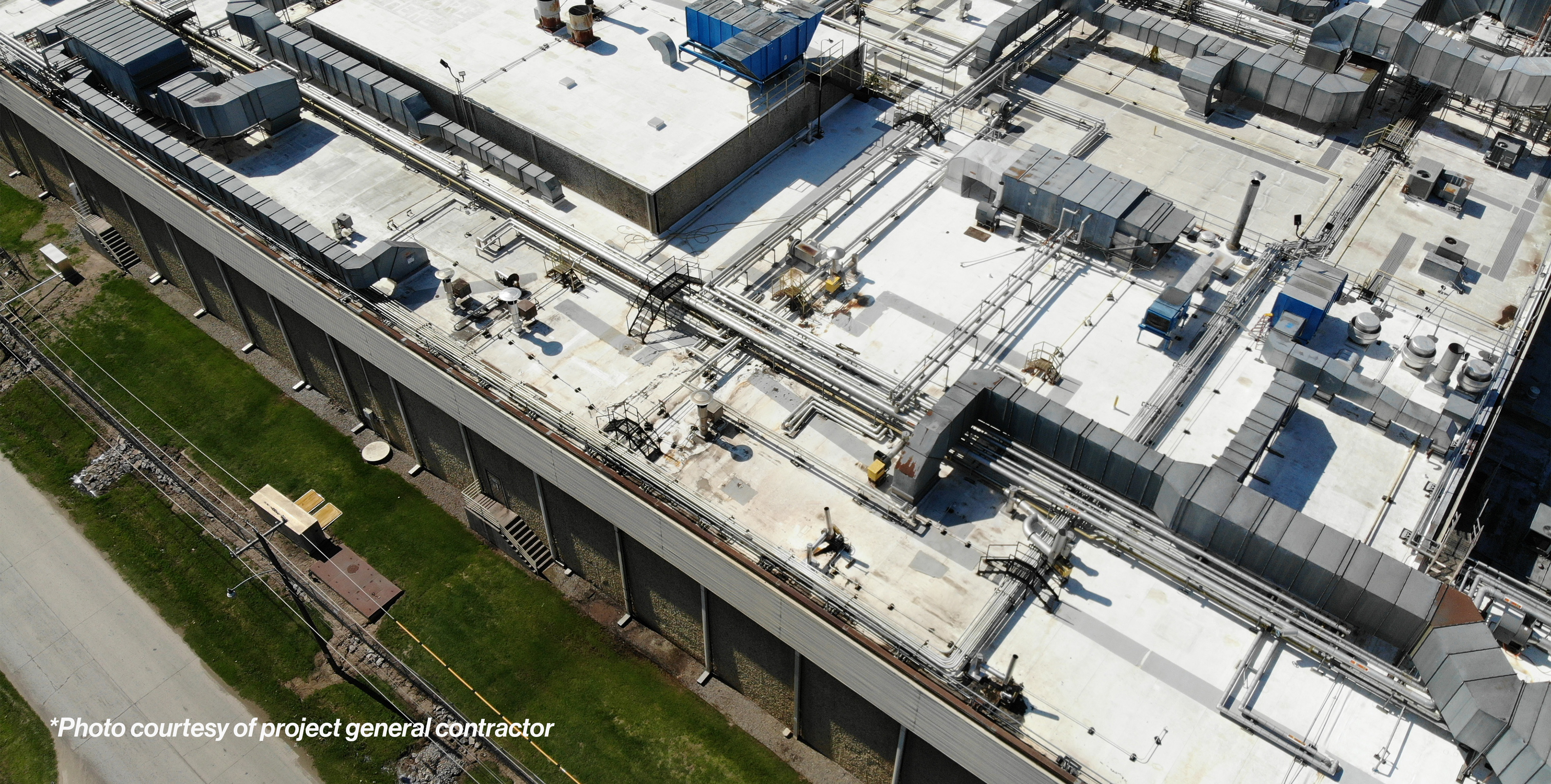A big question on employers’ minds these days is, “Do I need to do to make updates to our space to make it safer for our employees, clients, and customers?” To be honest, this question is nothing new for the world of design. This has been an element in design for years, you just did not know it. And for at least the last decade, there has been an ongoing need to balance antimicrobial surfaces and materials with non-toxic and environmentally friendly ones.
“Healthcare organizations are taking bold steps to reduce toxins and chemicals of concern from their facilities. In October [2015], Kaiser Permanente banned 13 antimicrobial additives from its facilities.” (1,2) This means that many of the antimicrobial options contained toxins they did not want in their offices. Is this surprising to you? It probably is huge surprise for people who don't work with these materials for a living. And even though antimicrobial surfaces may be a trending topic at the moment, it doesn't necessarily mean that is what you need.

So, let's talk about what is needed. To do this, start with a simple question that can help get you in the right mindset of “how” to look at your environment differently: “How much effort does it take to walk through the front door?”
As Interior Designers, this is how we are taught to think. We evaluate how spaces are used, so allow me to share some insight with you on the front door:
When you walk through your front door, is it automatic? Do you have to pull or push on a handle? Do your fingers have to wrap all the way around the handle? How high is the handle? How much strength does it take to grip the handle? How much force does it take to pull or push it open? Can you see through the door to know if there is someone on the other side? Once you have walked through the door, does it close on its own, or do you have to close it yourself?
These are a lot of questions for a single action that, quite literally, takes the end-user a total of 2.5 seconds to execute mindlessly. However, this is how you learn to evaluate your environment from beginning to end, in three steps.
Step 1: Identify What Matters.
Start with the mindset you learned from the front door, then take a look at the other surfaces and equipment that multiple people interact with throughout a typical day. For an office setting, this may focus on the copier, the restrooms, and the conference rooms. For a restaurant, this level of detail extends down to the menus. Physically walk through your space as if you were both the employee and the customer. Make a note of all the actions taken on a given day and how people interact with your environment. These areas comprise your list of what to evaluate. The frequency of use and length of interaction will give you your order of priority.

Step 2: How Is It Used, And Can It Be Cleaned?
Once you have identified the "what," the next step is the "how." The most straightforward approach is asking another question, "How often is this used, and can it be cleaned?" Let's look at the front door again as an example. Does it have a handle or a push plate? What material are they made of? How often are they used? Not often? If so, good. This is a win. That means that you can clean them regularly (amount depends on the frequency of use), and you don't need to do anything to update them. However, if you happen to be a business that has hundreds of people walking through your doors an hour, it is impossible to keep up with a proper cleaning schedule. In this case, you will probably want to add automatic door openers. Now, apply this same way of thinking to that priority list you developed in Step 1.
Step 3: Review Technology.
The same goes for the rest of the touchpoints throughout the space. Restroom faucets seem to be a big point of interest because these are easy to switch out for touchless. There are even 10-20 year battery powered and water pressure options available if you don't have access to power. However, look at the questions before deciding this is necessary. How often is it used? If your answer is not often, it may be reasonable to ask users to sanitize after each use. If your answer is 150 people per hour, you need to lessen the interaction the users have with the fixtures. If you want more information on fixtures, please visit our blog, How HFA is Mitigating the Risk of Spreading Sars-CoV-2 In Its Offices.

Beyond touchless sinks and soap dispensers, some of our clients are considering the idea of single-stall restrooms with UV disinfection lighting that could automatically sanitize the stalls between uses. UV has the added benefit of being environmentally friendly compared to a lot of antimicrobial materials on the market today, which Is a major bonus. However, automatic UV sanitation systems may potentially be significant investment for the average place of business. But there is a lot of potential for environmentally friendly and effective UV sanitation, so perhaps you look at UV sanitation for your air filtration system first. There are plenty of options for UV out there, and more are coming along every day. For more information on UV, please visit our blog, How Ultraviolet Radiation Could Limit Covid-19 Exposure in Buildings.

Looking at this honestly, not everyone needs a significant investment for an extreme level of built-in sanitation. We have all heard the horror stories of how long COVID-19 can live on a surface, but in reality, a minimal amount of the virus will make it from the infected person, to the surface, to you. (3,4) Additionally, COVID-19 is easy to clean with conventional sanitizers and disinfectants. This means that, if you can clean the surfaces, you probably don’t need to start tearing out your bathroom countertops and fixtures. If you are curious whether your current cleaning products will be effective, you can look it up on the EPA’s website.
What else?
The latest research shows that the most likely point of transmission of COVID-19 is person to person interaction.(4) This means the most challenging part of your evaluation will be looking at where and how people interact, and how you can minimize those interactions. There are obvious steps of spreading out workstations or placing clear barriers between clients and employees. Additionally, airflow seems to be of crucial importance (see our blog post on UVGI). Clean air passing by as few people as possible seems to be the key to mitigating the spread of COVID-19 from person to person for indoor environments.
Upfront, all of this can seem intimidating, but when you break it into its pieces, it is something we can easily tackle together. If you have questions or want help evaluating your needs, feel free to reach out to us. After all, designing for our clients' needs just happens to be what we do.
Contact Steven Baker today to learn more about we can help you!
Sources:
3. https://www.cdc.gov/coronavirus/2019-ncov/prevent-getting-sick/cleaning-disinfection.html
4. https://www.cdc.gov/media/releases/2020/s0522-cdc-updates-covid-transmission.html
EPA link:
https://www.epa.gov/pesticide-registration/list-n-disinfectants-use-against-sars-cov-2-covid-19


.png)
.jpg)



.png)
.png)


